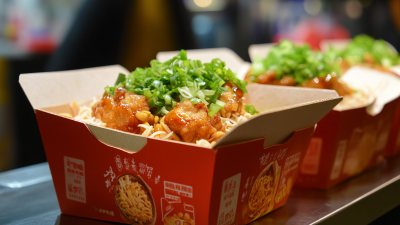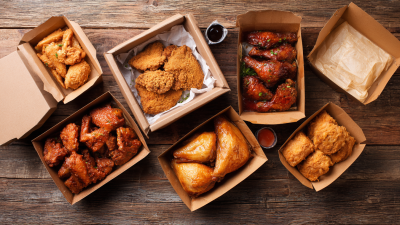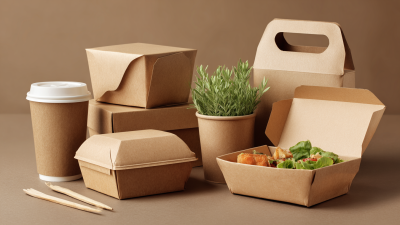Leave Your Message
In recent years, the concept of meal preparation has undergone a transformative evolution, largely influenced by the advent of Food Package Boxes. According to a report by Statista, the meal kit delivery service market is projected to reach a staggering $19.92 billion by 2027, highlighting the growing demand for convenience and quality in meal preparation.
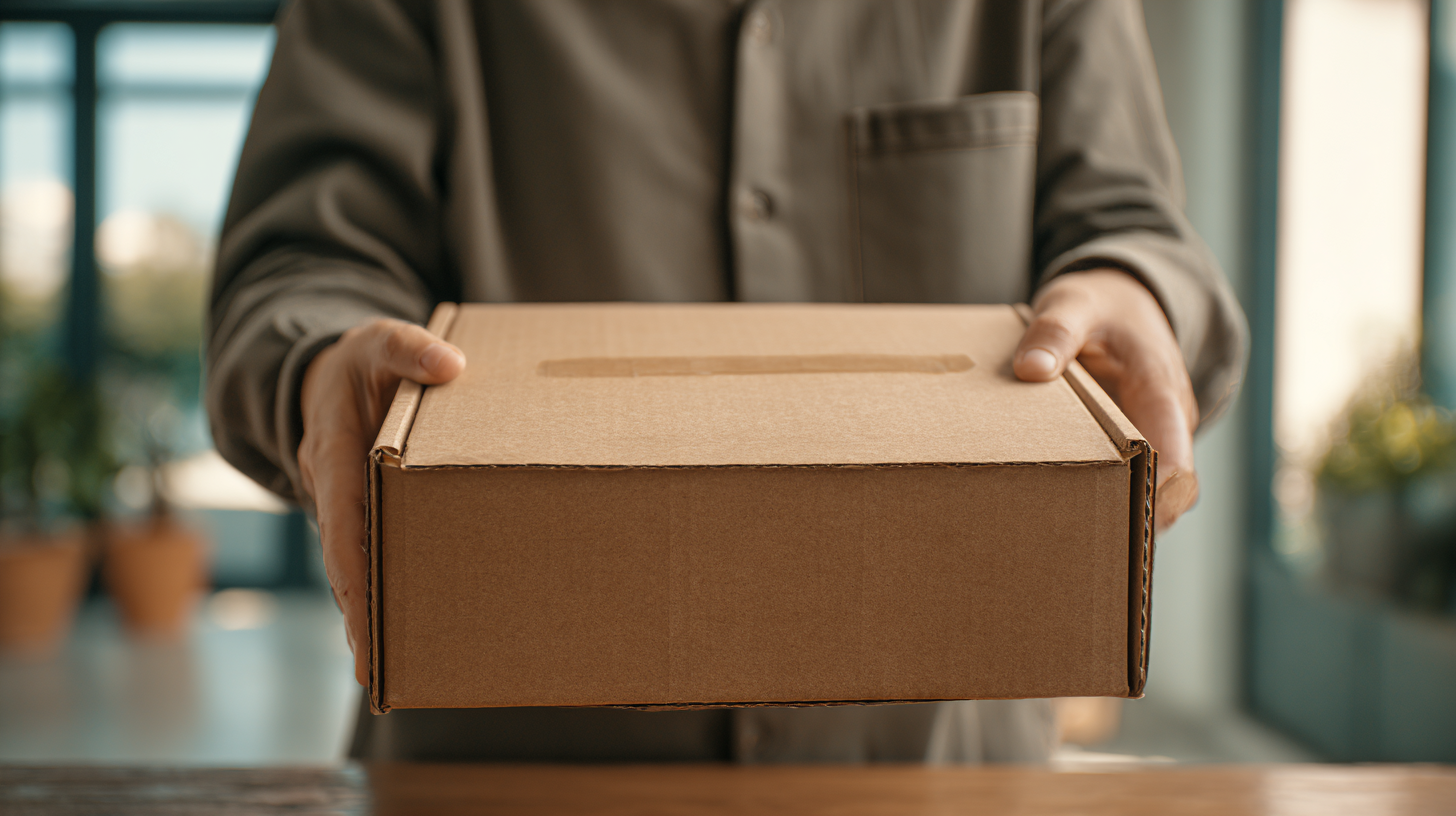
Food Package Boxes not only offer a solution for busy individuals seeking to maintain a healthy lifestyle, but they also promote sustainability through eco-friendly packaging options. As consumers increasingly prioritize both nutrition and environmental impact, the design and functionality of these boxes have advanced, ensuring that meals remain fresh and flavorful while minimizing waste. This article will explore the multifaceted benefits of Food Package Boxes, shedding light on their role in modern meal prep and how they continue to enhance our cooking experiences.
The evolution of food package boxes has transformed not only the way we prepare meals but also the overall culinary experience. Initially designed for convenience, packaging solutions have advanced significantly, now offering a combination of practicality and luxury. Recent consumer trends underscore this shift; a report from the Food Packaging Association reveals a notable increase in demand for premium packaging, with more than 65% of consumers willing to pay extra for aesthetically pleasing and eco-friendly designs. This reflects a broader desire for not just food sustenance, but for an engaging, sensory experience surrounding meal preparation.
Moreover, the digital age has influenced packaging innovations, paralleling trends seen in other sectors. As e-commerce evolves, companies are introducing box-free and label-free solutions, demonstrating a shift towards minimalism and sustainability. This trend aligns with findings from industry analysts that highlight growing consumer preferences for products that reduce waste and enhance convenience. In the realm of gourmet foods and meal kits, the packaging now serves as an extension of luxury, transforming everyday cooking into an elevated experience, which is crucial in a market increasingly focused on the quality of the consumer's journey from purchase to plate.
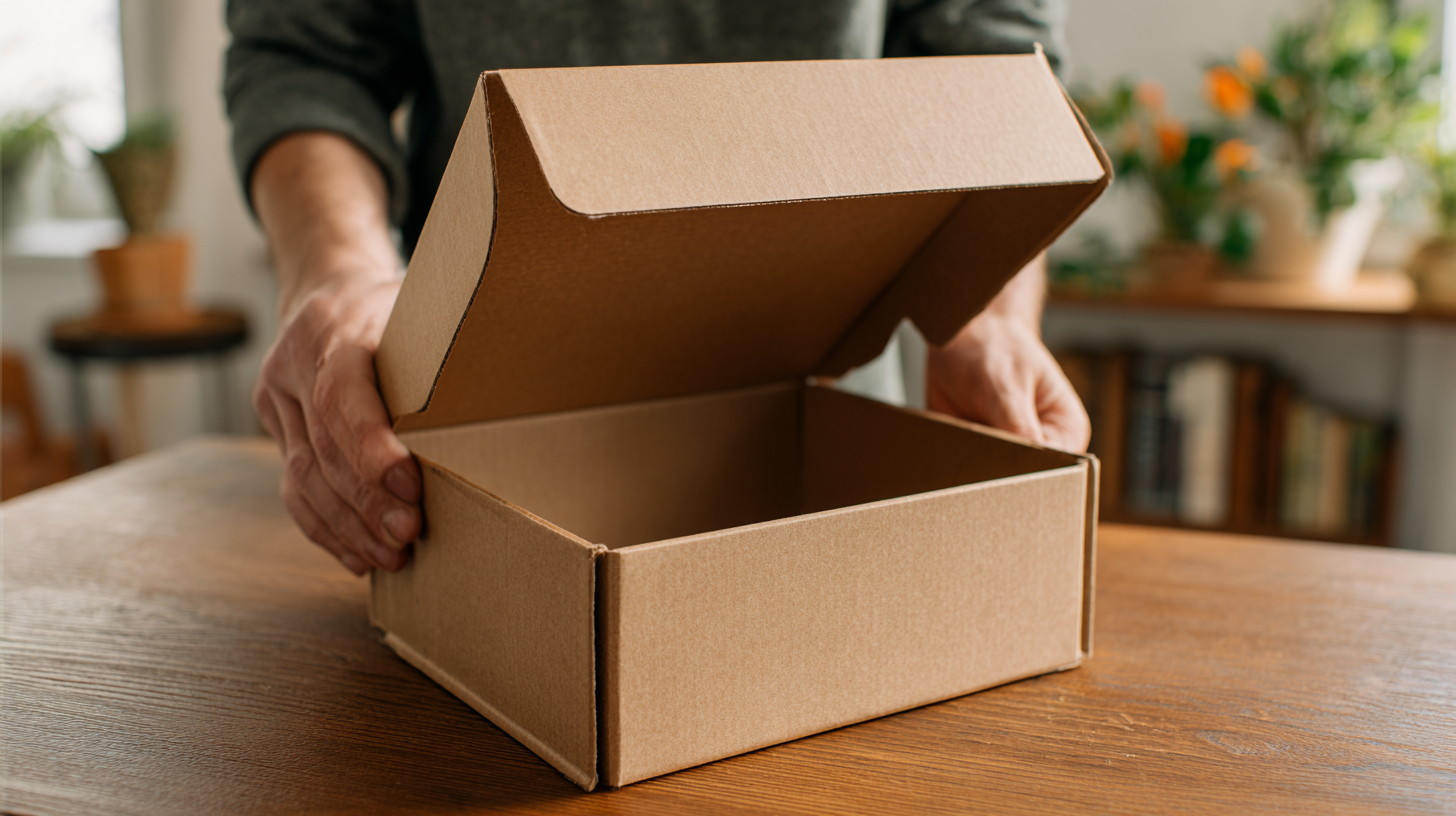
The modernization of meal prep has been significantly influenced by innovative packaging design, particularly in the context of the evolving food landscape. A recent report highlights a robust demand for meals that are convenient and efficient, pointing to the rapid growth of the microwave food container market, projected to reach $10.2 billion by 2032, with a compound annual growth rate of 5.01% from 2024 to 2032. This reflects a shift in consumer behavior towards pre-prepared and easily accessible food solutions, fostering a need for packaging that not only preserves food quality but also enhances usability in meal preparation.
Moreover, advancements in packaging technology are pivotal in meeting the increasing demand for individualized frozen products, with the IQF (Individually Quick Frozen) market expected to grow at a CAGR of approximately 6.2% from 2026 to 2033. These trends showcase how packaging innovation is central to food supply chains adapting to changing consumer preferences, particularly as the necessity for efficient meal prep solutions takes precedence. By focusing on design that maximizes functionality and user-friendliness, the food industry can better cater to the dynamic needs of modern consumers while reinforcing the importance of quality in packaged foods.
As meal prep becomes increasingly popular, the demand for sustainable food packaging has risen sharply. According to a 2022 report from Grand View Research, the global eco-friendly packaging market is expected to reach $500 billion by 2028, growing at a compound annual growth rate of over 5%. This trend allows consumers to obtain meal kits conveniently while helping to minimize their environmental impact. Many companies are now focusing on biodegradable materials and recyclable packaging, which aligns with the growing consumer preference for sustainability.
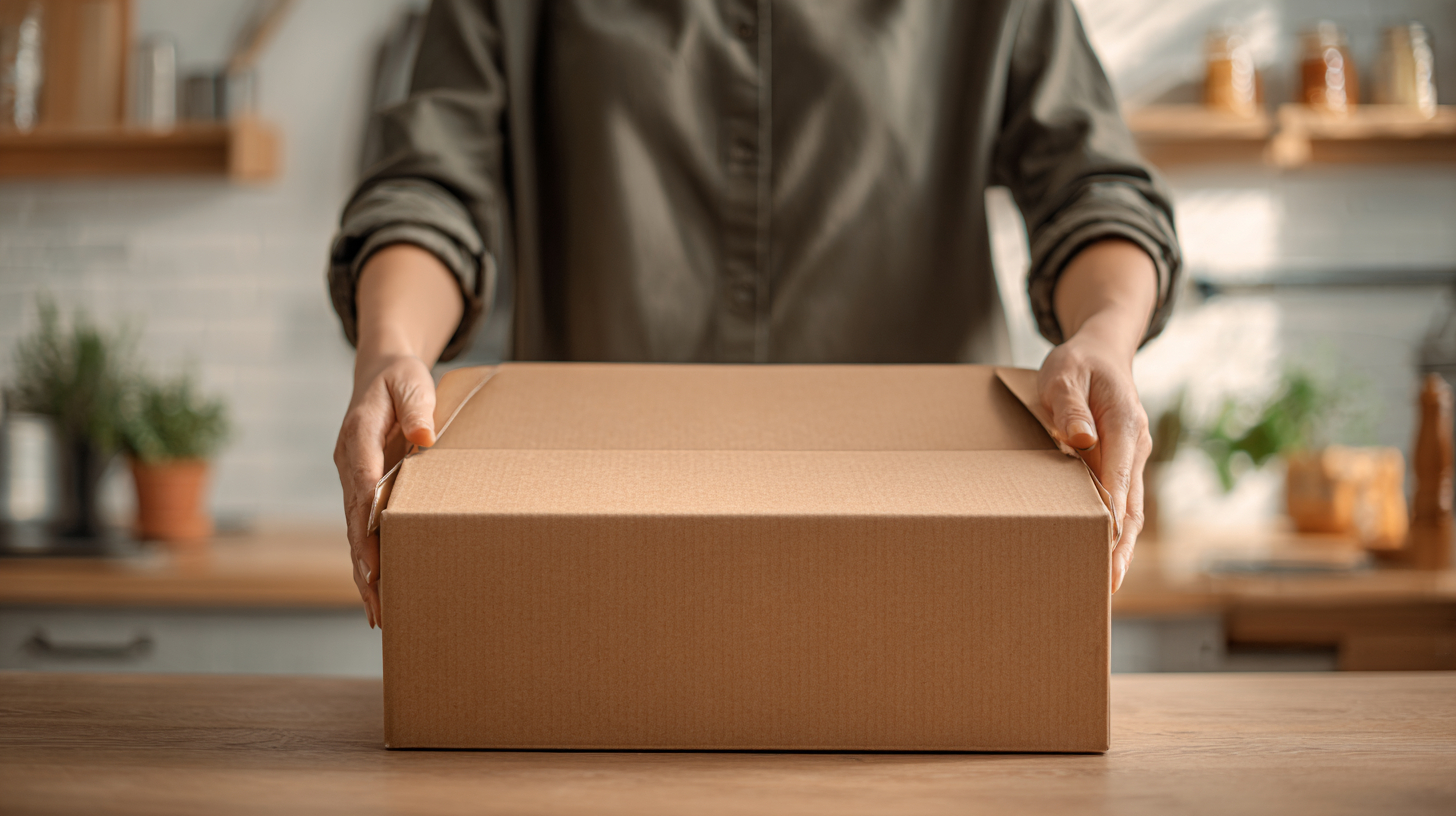
To further enhance your meal prep experience, consider these tips: opt for brands that utilize post-consumer recycled materials for their packaging, as this not only reduces waste but also supports the recycling industry. Additionally, explore reusable containers that can help cut down on single-use packaging. According to a 2021 survey by Nielsen, 73% of consumers are willing to pay more for sustainable packaging, indicating a strong market shift towards eco-conscious practices.
By combining convenience with sustainable choices, meal prep can become a more responsible and enjoyable activity. Choose packages that emphasize ecological considerations and reflect your values, transforming your meal prep routine into a celebration of both taste and sustainability.
The experience of unboxing food package boxes transcends mere satisfaction; it plays a significant role in enhancing consumer psychology. Research indicates that the act of unboxing can trigger the release of dopamine, a neurotransmitter associated with pleasure and reward. According to a study published in the Journal of Consumer Psychology, 70% of consumers reported feeling excited during the unboxing process, which leads to a deepened emotional connection to the brand. This anticipation is not just about unveiling the contents; it’s about the overall sensory experience — from the sound of the box being opened to the appealing presentation of the food items inside.
Furthermore, the significance of unboxing extends beyond individual enjoyment to influence purchase decisions. A report by Data Bridge Market Research suggests that 61% of millennials are more likely to reorder from brands that consistently deliver a delightful unboxing experience. This trend highlights the competitive edge gained through thoughtfully designed packaging, turning unboxing into an essential component of modern meal prep. As companies focus on creating memorable experiences with their food packages, they tap into this psychological phenomenon, effectively transforming the unboxing moment into a key driver of customer loyalty and brand advocacy.
In the rapidly evolving landscape of food packaging, the integration of technology with culinary experiences is shaping new trends that promise to redefine meal preparation. This shift not only enhances convenience but also caters to the growing consumer demand for personalized and engaging food experiences. As we approach 2024, innovative packaging solutions that combine aesthetics with functionality are emerging, allowing consumers to enjoy their meals in a more fulfilling way.
One exciting trend is the use of smart packaging that utilizes AI and IoT technologies to provide personalized nutritional information and recipes tailored to individual preferences. These advancements not only empower consumers to make healthier choices but also create an interactive experience that bridges the gap between technology and food. To enhance your meal prep routine, consider investing in food packages that offer QR codes linking to recipes or nutritional tips, making your culinary journey more enjoyable and informed.
Additionally, sustainability remains a crucial focus, with brands increasingly opting for biodegradable and recyclable materials in their packaging designs. Emphasizing the importance of eco-friendliness, consumers are more inclined to support brands that align with their values. When choosing food packaging for your meal prep, look for options that prioritize sustainable practices while still delivering a delightful unboxing experience, enhancing both the presentation and the environmental impact of your meals.
